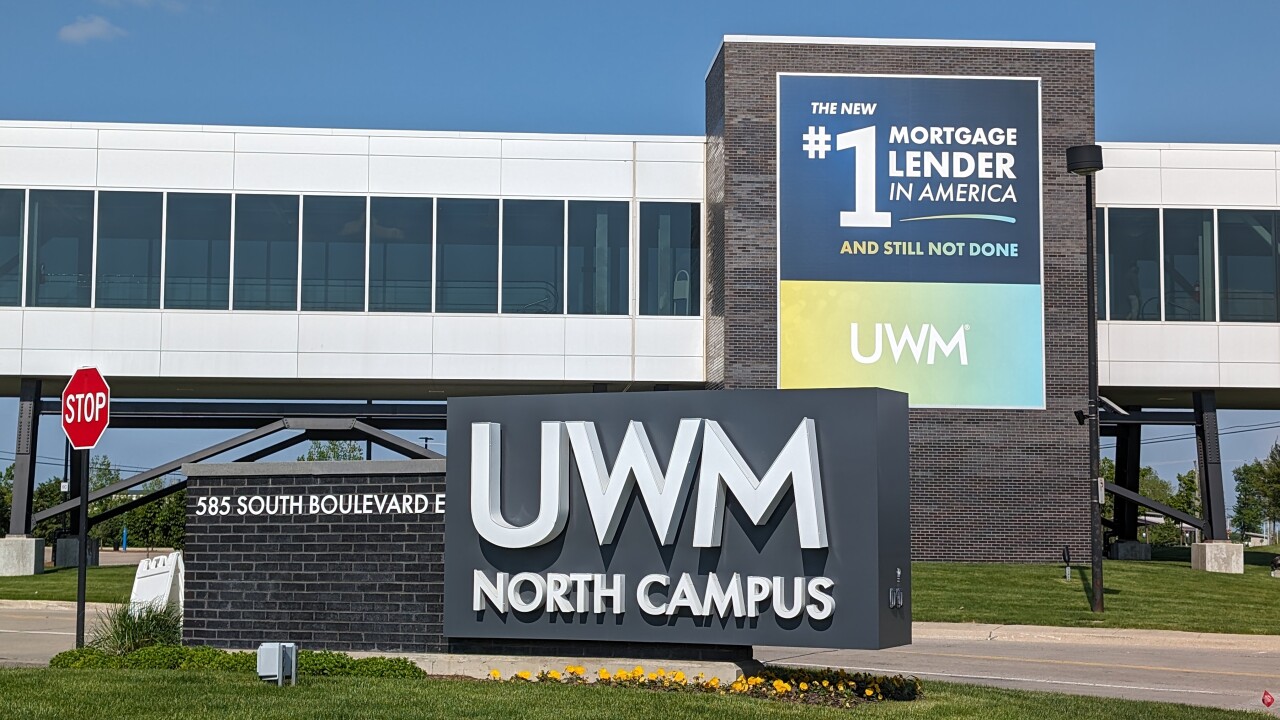

Freddie Mac is ramping up its use of credit risk transfers, completing $215 billion in single-family transfers last year, up to $600 billion since 2013.
Donald Layton, the government-sponsored enterprise's CEO, has embraced the transfers, where investors bid on taking a first-loss position on mortgages guaranteed by Freddie that go into default. So far the deals have generated $25 billion in loss protection against mortgage defaults.
In evaluating these transactions, Freddie executives have to judge how much loan revenue they can give up and still get the loss protection they need.
Freddie is "re-engineering the guarantee businesses to heavily employ credit risk transfers and to fall away from the historic buy and hold business model," Layton said Thursday in releasing Freddie's 2016 annual and fourth-quarter earnings report.
Freddie also has completed $180 billion of risk transfer transactions involving multifamily mortgages since 2013, including $51 billion in 2016.
"As a result, new multifamily loans coming on Freddie's balance sheet pose little residual risk to taxpayers," Layton said.
The Freddie CEO also reported progress in reducing the GSE's investment portfolio, which held $737 billion in mortgage-related assets back in 2008.
The investment portfolio declined by nearly $50 billion in 2016 to $298 billion. That's getting closer to the $250 billion cap under the conservatorship agreement with the federal government. Layton noted that Freddie has concentrated on selling the "less liquid" assets in the retained portfolio.
Freddie currently has a net worth of $5.1 billion and is slated to pay $4.4 billion to Treasury in March. Under an agreement with the Treasury Department and Federal Housing Finance Agency, the GSE must turn over all profits to the government. It is not allowed to raise additional capital.
"That will leave us with a net worth of $600 million as a capital buffer," Layton said.
So far Freddie has made $106 billion in payments to the Treasury, about $35 billion more than the company has received in Treasury assistance since it was placed in conservatorship in 2008.
Despite the risk sharing and downsizing, Freddie reported $513 million in loan guarantee fee income for 2016, up from $396 million in 2015. The increase was primarily a result of multifamily guarantee fees.
Layton said g-fee growth should continue to replace lost income from the declining investment portfolio. Such income is expected to increase going forward as a larger share of single-family loans is impacted by a g-fee hike implemented a few years ago.
Freddie Mac also said it expects the mortgage origination market to focus more on purchase mortgage lending than refinancings in 2017.
"We will be focused on working with our lending customers so they can succeed in this changed market," Layton said.





